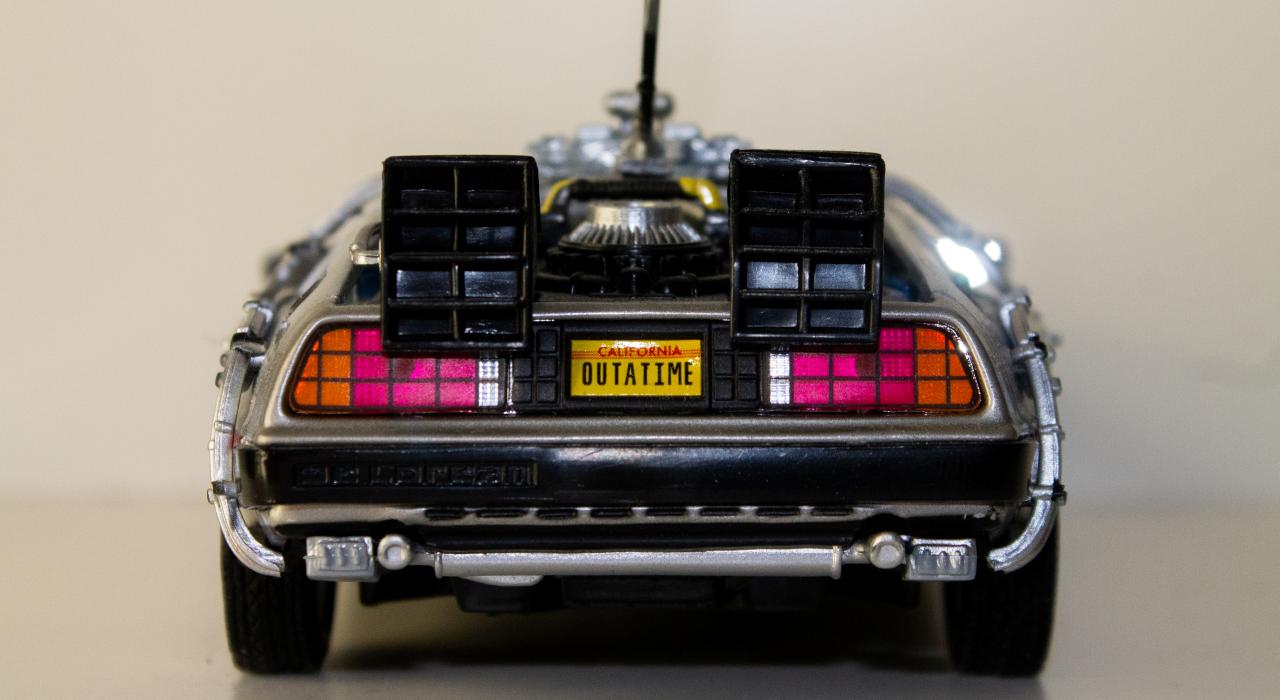
In determining “prior art” under 35 U.S.C. § 102, a reference is a “printed publication” if it is accessible to the public. As explained in the Manual of Patent Examining Procedure, “[a] reference is proven to be a ‘printed publication’ ‘upon a satisfactory showing that such document has been disseminated or otherwise made available to the extent that persons interested and ordinarily skilled in the subject matter or art, exercising reasonable diligence, can locate it.’” M.P.E.P § 2128, para. I (quoting In re Wyer, 655 F.2d 221, 210 U.S.P.Q. 790 (CCPA 1981)) (emphasis added).
In Ex parte Ghalili, the Patent Trial and Appeal Board (“Board”) recently affirmed that a reference identified through Google searching meets the accessibility standard for a “printed publication” if the reference was web-archived prior to the effective filing date of the application. Appeal No. 2020-001741 (P.T.A.B. August 3, 2020) (non-precedential).
In Ghalili, the Examiner issued obviousness rejections over Yu et al. (US 5,385,938) in view of Pless et al. (“Hemp Oil Cosmetics and Drug Testing,” Leson Environmental Counseling, March 2001) (“Pless”) and Dazey Hemp Skin Care (http://dazeyhemp.com/about-hemp-seed-oil) (saved on January 29, 2012) (“Dazey”). Id. at 3.
The Examiner located Pless and Dazey using Google searches, and then used the Internet Archive “Wayback Machine” (https://archive.org/web/) to determine that these references where internet archived prior to the effective filing date of the application. Id. at 6.
In response to the obviousness rejections, the Applicant argued in part that Pless and Dazey are not prior art to the claimed invention, because the “publicly accessible” standard for a “printed publication” was not met. Id. at 5.
The Applicant contented that “merely showing that Dazey and Pless were archived as of a certain date does not mean that either was indexed meaningfully or that either could have been retrieved before the critical date using reasonable diligence.” Id. (emphasis added). The Applicant further argued that “[e]vidence of archiving alone is not sufficient to shift the burden to the applicant to prove that a reference was not publicly accessible when none of the other factors weighing in favor or accessibility are applicable.” Id. at 6-7.
The Board disagreed with the Applicant’s argument, in part, because the Patent Office need only prove the “nominal publication date” of a reference in order to establish a prima facie case. Id. at 7 (citing Ex parte Albert, 18 U.S.P.Q. 2d 1325 (BPAI 1984) (“[T]he examiner met his burden of proof by setting forth the nominal publication date . . . . The Patent and Trademark Office is in no position to establish any thing beyond that.”).
The Board found that the use of a Google search to locate a reference, in conjunction with web-archiving the reference using the Wayback Machine, is sufficient to establish that a skilled artisan exercising reasonable diligence could locate the reference. As explained by the Board,
[A]rchiving by the Wayback Machine generally indicates that the archived data was available on the World Wide Web on the archived date, and . . . the Examiner was able to locate the references at issue on the web by using a Google search during prosecution.
Id. at 8 (footnote omitted).
Although the Applicant countered that further “indexing evidence” is necessary “when a prior art document does not display any other indicia showing that it was widely disseminated or published by a well-known journal or publisher,” the Board disagreed that indexing is necessary outside the context of library references. As explained by the Board,
We are not persuaded. “The determination of whether a reference is a ‘printed publication’ . . . involves a case-by-case inquiry into the facts and circumstances surrounding the reference’s disclosure to members of the public.” In re Klopfenstein, 380 F.3d at 1350. The factual considerations surrounding an Internet document located on the World Wide Web, which may be searched using various Internet search engines, are very different from the considerations surrounding a paper copy of a thesis located in a single library. Appellant has cited no authority, and we are aware of none, that indexing is required unless a reference was widely disseminated or published by a well-known journal or publisher. In re Lister, 583 F.3d at 1312 (explaining that, “[w]hile cataloging and indexing have played a significant role in our cases involving library references, . . . neither cataloging nor indexing is a necessary condition for a reference to be publicly accessible”); In re Klopfenstein, 380 F.3d 1345, 1348 (Fed. Cir. 2004) (explaining that precedent does not “limit [the] court to finding something to be a ‘printed publication’ only when there is distribution and/or indexing”).
Id. at 8-9 (emphasis added).
Although the references in question were apparently not published and indexed by the common search engine PubMed.gov (https://pubmed.ncbi.nlm.nih.gov/), the Board responded that “[t]here is no requirement that a reference be available in a database such as PubMed, or published in a journal, in order to be considered publicly accessible.” Id. at 10 (citing Klopfenstein at 1348).
Finally, the Board inspected the URL information in the references of record and verified that the Pless and Dazey references were publicly available before the effective filing date of the application. Id. at 10-11.
Takeaway: In accessing the availability of references identified on the Internet as prior art “printed publications,” it is important to consider any internet archived data that could be used to establish when the references were actually accessible to the public.
Judges: U.W. JENKS, T. CHANG and R.H. TOWNSEND
